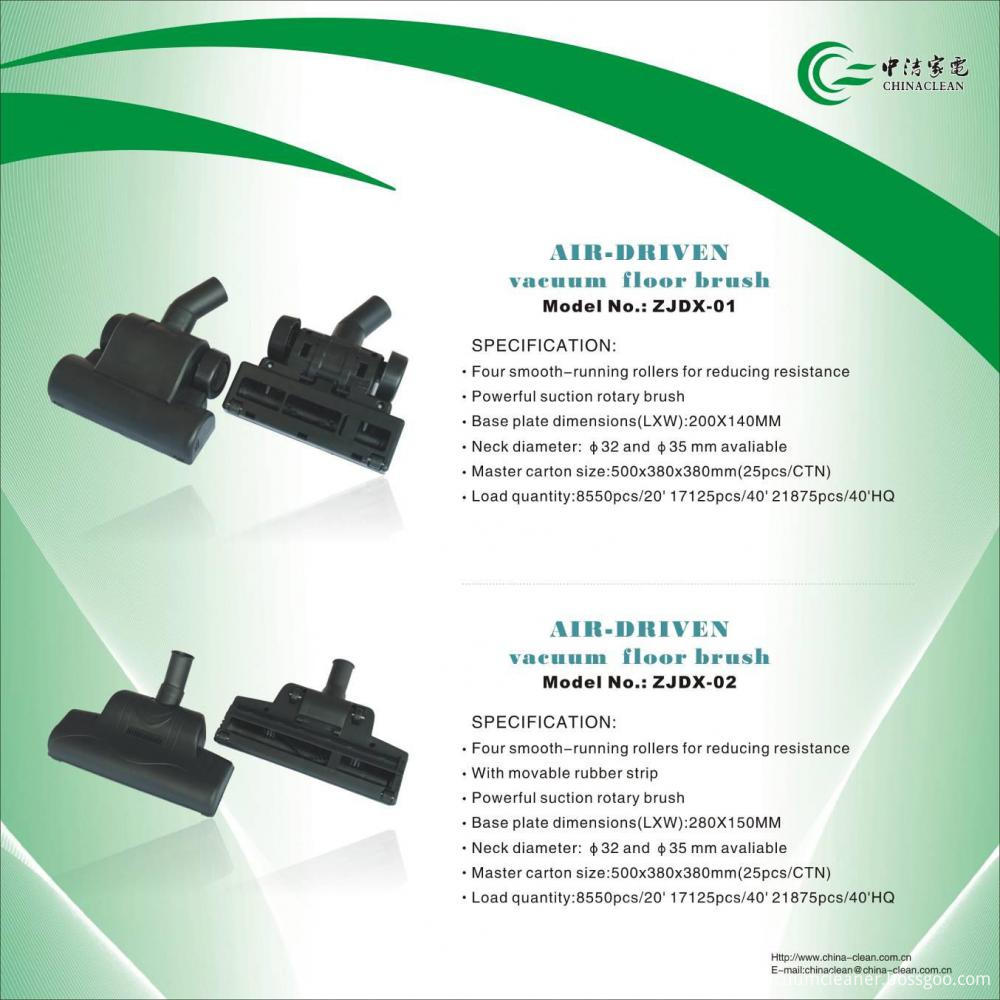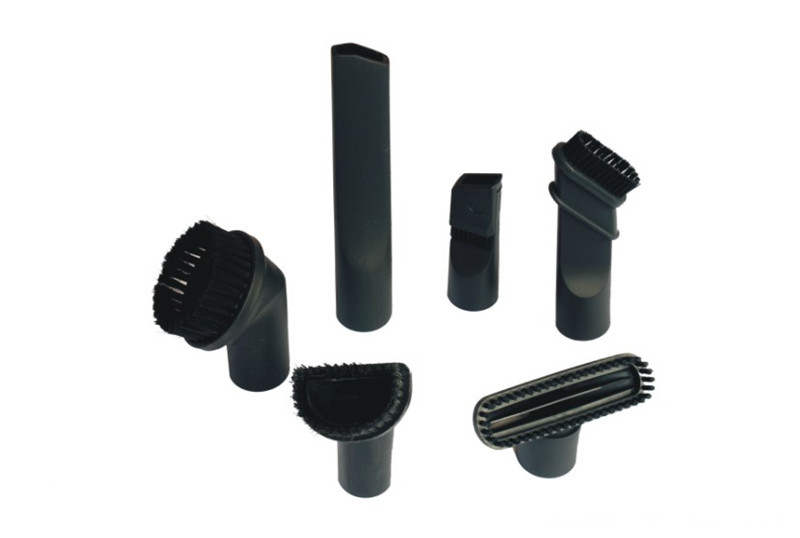1. Rated power For the power amplifier, the rated power generally refers to the effective value (RMS) power that can be continuously output; for the speaker, the rated power generally refers to the speaker can withstand this value of power for a long time without damage, which does not mean Such a high-power amplifier must be needed to push it, and the drive of the speaker is mainly determined by its sensitivity and impedance characteristics. Nor does it mean that a power amplifier with an output power greater than the rated power of the speaker cannot be equipped. Just like driving a car, driving a sports car with a speed of 300 kilometers per hour does not mean that a car accident will occur, you can not drive so fast. Similarly, as long as the volume is not increased blindly, high-power amplifiers can also be equipped with low-power speakers.
2. Peak music output power (PMPO)
The commercial power of the output power calculated by the peak voltage that the music signal can reach in an instant is greater than the actual effect.
3. Distortion is divided into three types: harmonic distortion, intermodulation distortion and transient distortion.
The distortion we usually call is harmonic distortion, which refers to the distortion caused by the addition of higher harmonic components that the original signal does not have during the sound playback.
What really affects the quality of the speaker is the transient distortion. The transient distortion is because the speaker has a certain inertial mass. The vibration of the basin cannot keep up with the vibration of the instantaneously changing electrical signal, which results between the original signal and the playback sound. There are differences. This concept is not easy to understand. We just need to remember that the distortion of ordinary multimedia speakers should be less than 0.5%, and the distortion of subwoofers should be less than 5%.
4. Harmonic distortion Because the amplifier is not ideal, the output signal contains not only the amplified input components, but also some new frequency components of 2 times, 3 times, 4 times ... or even higher times (harmonics) ), Causing the output waveform to alias. This distortion caused by harmonics is called harmonic distortion.
5. Harmonic distortion (harmonic distorTIon)
Refers to the harmful interference of various multiples of the original frequency. Amplifying a 1kHz sine wave will produce a second harmonic at 2kHz, a third harmonic at 3kHz, and many higher harmonics.
6. Intermodulation distortion (IMD)
Intermodulation distortion (intermodulaTIon distorTIon) refers to a sum and difference distortion of an input signal introduced by an amplifier. For example, when a mixed signal with a frequency of 1kHz and 5kHz is input to the amplifier, intermodulation distortion components of 6kHz (the sum of 1kHz and 5kHz) and 4kHz (the difference between 1kHz and 5kHz) are generated.
7. The opposite of the natural neutral of sound-dye music, that is, the sound is dyed with some characteristics that the program itself does not have. For example, the kind of sound obtained by speaking into a jar is a typical sound-dye. The sound stain indicates that some components are added (or reduced) in the reproduced signal, which is obviously a distortion.
8. Sound pressure indicates the physical quantity of sound strength.
Nine, sensitivity is an indicator of speaker efficiency, it has nothing to do with the sound quality of the speaker.
The sensitivity of ordinary speakers is generally between 85 ~ 90dB (decibel), and high-end speakers are above lOOdB.
The increase in sensitivity comes at the cost of increased distortion, so as a high-fidelity speaker, it is necessary to reduce some of the sensitivity requirements to ensure the restoration and reproduction of sound. Therefore, we can't think that the sound quality of speakers with high sensitivity must be bad, while those with low sensitivity must be good.
10. The level difference between the strongest part and the weakest part of the dynamic range signal. For equipment, the dynamic range means that the equipment can handle both strong and weak signals.
11. Frequency response is called frequency response for short. It measures the ability of a piece of equipment to reproduce the signals of high, medium and low frequency bands evenly. It refers to the range between the lowest effective playback frequency and the highest effective playback frequency. There are two requirements for the frequency response of equipment. One is that the range is as wide as possible, that is, the lower limit of the frequency that can be replayed is as low as possible, and the upper limit is as high as possible.
12. The ability of transient response equipment to follow sudden signals in music. The equipment with good transient response should respond immediately as soon as the signal comes, and stop suddenly when the signal stops.
13. Signal-to-noise ratio (S / N)
Also known as the signal-to-noise ratio, which is the ratio of the voltage of the output signal of the amplifier to the noise voltage output at the same time, often expressed in decibels. The higher the signal-to-noise ratio of the device, the less noise it produces. Generally speaking, the greater the signal-to-noise ratio, the lower the noise mixed in the signal, the higher the sound quality of the sound playback, otherwise the opposite. The signal-to-noise ratio should generally not be lower than 70dB, and the signal-to-noise ratio of high-fidelity speakers should reach more than 110dB.
14. Impedance matching Some relationship that should be satisfied between the output impedance of a piece of equipment and the connected load impedance, so as not to have a significant impact on the working state of the equipment itself after the load is connected. For the interconnection of electronic equipment, such as a signal source connected to an amplifier and a pre-stage connected to a post-stage, as long as the input impedance of the next stage is greater than 5-10 times the output impedance of the previous stage, the impedance matching can be considered good; As far as the speakers are concerned, the electronic tube machine should use speakers whose output terminal has a nominal impedance equal to or close to it, while the transistor amplifier has no such limitation, and can connect speakers of any impedance.
15. Impedance
Refers to the resistance to current. Impedance includes pure resistance and inductance, inductance and capacitive reactance produced by capacitance.
16. Input impedance
Refers to the impedance that a circuit or device presents to the circuit or device that propels it. Input impedance includes resistance, inductive reactance and capacitive reactance.
17. The aging process of power-on preheating before the new equipment of the machine is used to make the sound of the equipment enter a stable state.
18. Balance
Refers to the objective relationship that exists in the relative loudness between the high and low sections of the audio spectrum; also refers to the same (balanced) signal between the left and right channels of the two-channel stereo.
19. Frequency
Refers to the number of repetitions in a cycle, or the number of cycles per second. The unit of measurement is Hz (Hertz). For example, an audio signal with a frequency of 1000 Hz (1 kHz) has a cycle of 1000 sine waves per second.
20. Frequency range The range between the lowest effective playback frequency and the highest effective playback frequency. Under normal circumstances, the audio signal that people can hear is about 20Hz ~ 20kHz with different frequencies, different waveforms, and different amplitudes of varying signals. Therefore, the amplifier must have a wide enough work to amplify the audio signal well. frequency band.
We call the frequency bandwidth of an amplifier at the specified power, and the frequency bandwidth between the two points at which the gain at the high and low ends of the frequency decreases by 0.707 signal times is called the frequency response range of the amplifier.
The frequency response range of relatively good amplifiers is generally between 18 Hz and 20 kHz.
Twenty-one, sound image localization (image specificity)
Refers to the sound image of musical instruments or human voices can be accurately positioned and even the characteristics of the sound field can be clearly determined.
22. Digital loudspeaker
Usually refers to a speaker with built-in digital crossover network and power amplifier. The input signal of the digital speaker is a digital bit stream. After the audio spectrum is divided by digital signal processing, these signals are converted into analog signals, and then amplified by their respective power amplifiers to push the corresponding speakers in the speaker. Pronunciation unit.
23. Passive subwoofer (passive subwoofer)
Refers to those subwoofers that need to be driven by a separate power amplifier. The difference is the "active subwoofer" (acTIve subwoofer) with a separate power amplifier in the box.
24. Digital Volume Control
Refers to a digital circuit that adjusts the signal level through the mathematical operations on 0s and 1s used to represent audio signals.
25. Center-channel speaker
Refers to a type of speaker installed on the top, under or behind the video monitor in the home theater system. It is used to replay information such as vocal dialogue sent by the central channel and other sounds related to the actions on the screen.
26. Inverted speaker (bass reflex)
It is also called inverted type open-hole box. It is a type of speaker with inverted holes (slots) on the speaker panel. Due to the opening, the sound in the box can be radiated to the outside. Inverted speakers have better low-frequency extension than enclosed speakers, but bass is often less compact. Compare "infinite baffle"
27. Active subwoofer
Refers to the type of speakers that are specially used to reproduce low frequencies and are driven by a built-in power amplifier.
28. Surround speaker
Refers to a speaker that is placed on the side or behind the listener and used exclusively to reproduce audio signals in the surround sound channel.

Follow WeChat

Download Audiophile APP

Follow the audiophile class
related suggestion
SMT basic noun explanation, Accuracy (accuracy): the difference between the measurement result and the target value, Additive Pro ...
As a Linux developer, you must have an understanding of the terminology under Linux. It is best to know what it is very clearly and use it to do ...
Hodgepodge of laptop terminology explanation (3) 57. PCMCIA Personal Computer Me ...
Encyclopedia of Nomenclature of Laptop Computer (1) 1. 1394 interface 1394 interface, full name of IEEE 1394 interface, also ...
Explanation of battery related terms (clear at a glance) Foreword In the field of batteries, there are many proper nouns, users usually give their true meaning, big ...
HI-FI is derived from English and means "high fidelity". ...
1. Resistivity --- also called resistivity or specific resistance. It is a measure of the material's electrical conductivity ...
Explanation of related terms & n ...
[Editor's note: This article was written by Taiwan BV2FT, recommended by BA4RD and recommended by the author himself ...





